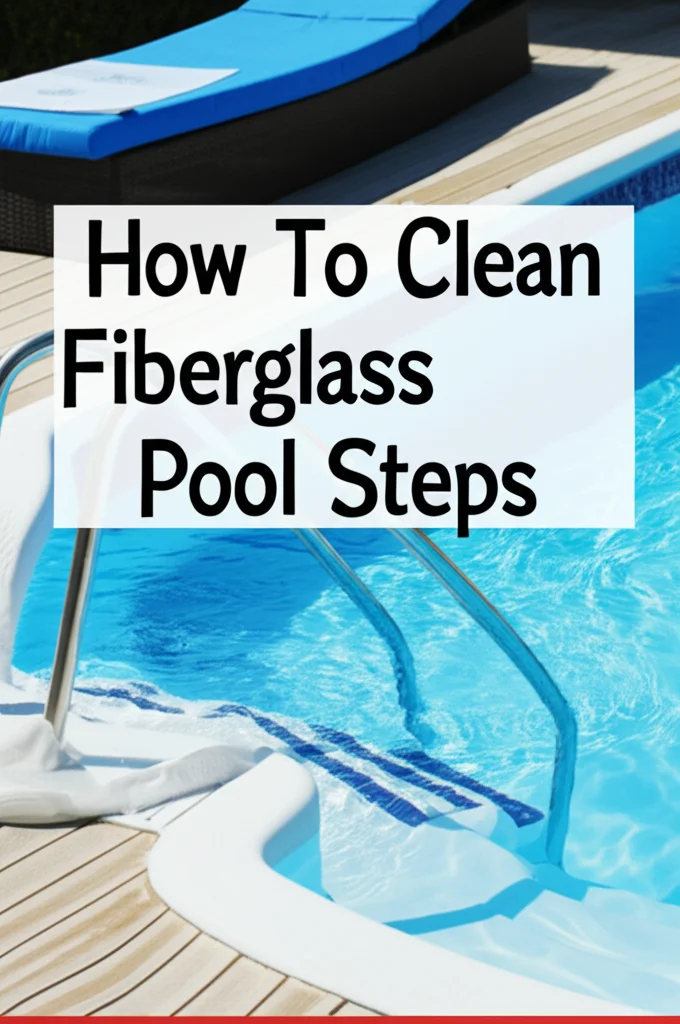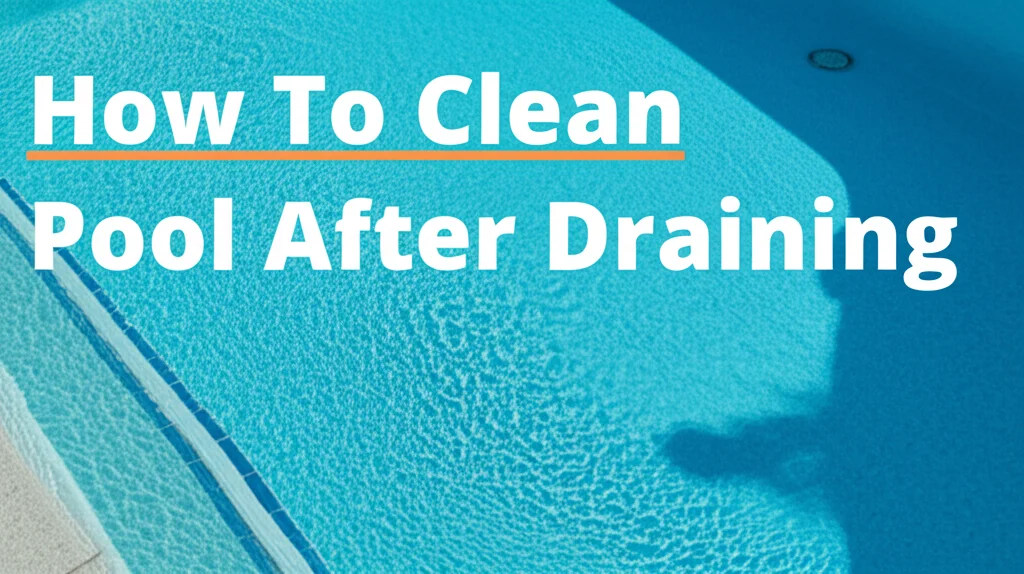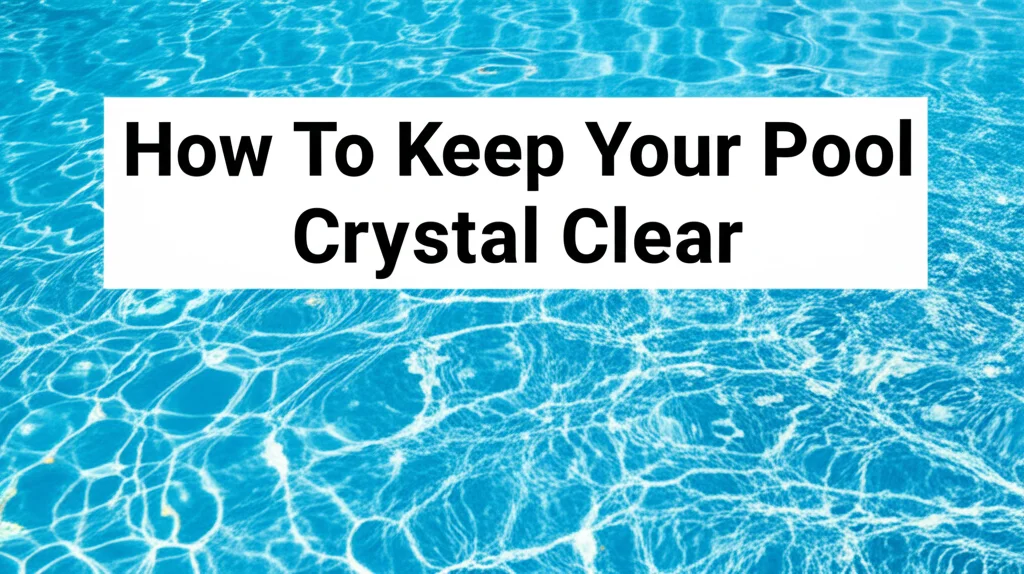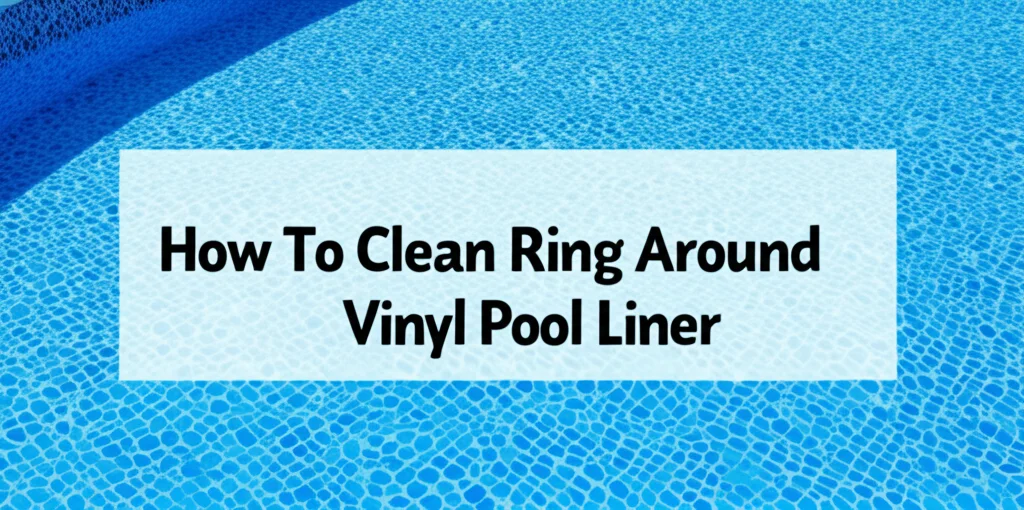· Pool Maintenance · 6 min read
How To Clean White Pool Steps
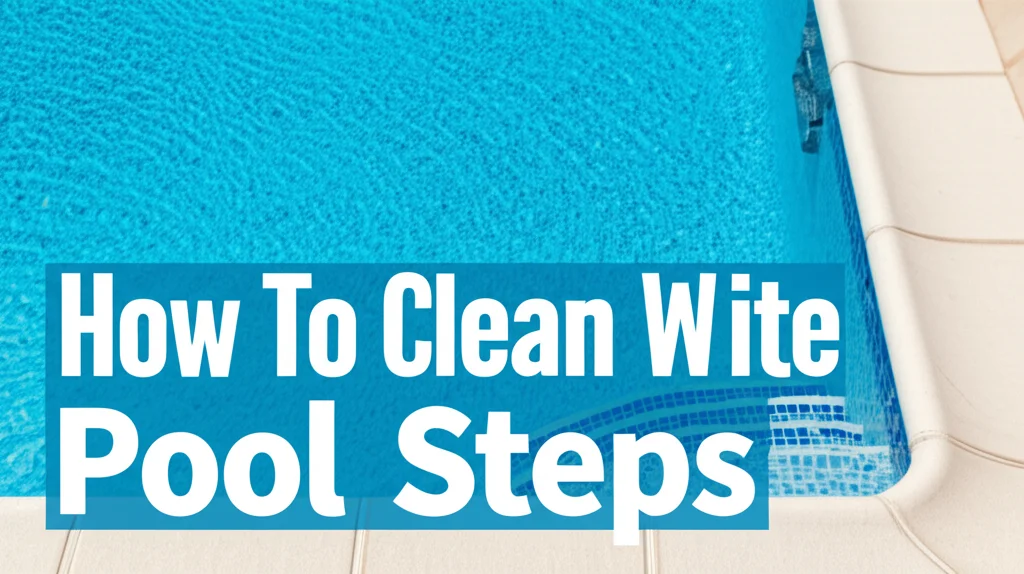
Sparkling Clean: How To Clean White Pool Steps
Ever notice how quickly white pool steps can lose their brightness? Pool steps, especially those that are white, are magnets for dirt, algae, and various stains. Keeping them clean isn’t just about aesthetics; it’s about maintaining a safe and hygienic swimming environment. This article will guide you through everything you need to know about how to clean white pool steps, from routine maintenance to tackling stubborn stains. We’ll cover the best cleaning solutions, tools, and techniques to restore your pool steps to their original pristine condition. Let’s dive in and get those steps sparkling!
Quick Answer: To clean white pool steps, brush them weekly with a pool brush, vacuum debris, and use a pool-specific cleaner to address algae and stains. For tougher stains, a paste of baking soda and water or a mild bleach solution can be effective, always followed by thorough rinsing.
Takeaway:
- Brush your pool steps weekly to prevent buildup.
- Use a pool-specific cleaner regularly.
- Address stains promptly for easier removal.
Why White Pool Steps Need Extra Care
White surfaces show everything, and your pool steps are no exception. They’re constantly exposed to sunlight, chemicals, and swimmers, creating the perfect environment for algae growth and staining. Regular cleaning is crucial because algae can make surfaces slippery, posing a safety hazard. Plus, stains can become more difficult to remove the longer they sit. Ignoring this maintenance can lead to a less enjoyable and potentially unsafe swimming experience. Think of it as preventative care for your pool – a little effort now saves a lot of work later.
Weekly Maintenance: Preventing Build-Up on Pool Steps
Consistent, light cleaning is the key to keeping your white pool steps looking their best. A weekly routine prevents dirt and algae from taking hold. This doesn’t require a lot of time or effort, but it makes a huge difference. Here’s what your weekly maintenance should include:
- Brushing: Use a pool brush (nylon bristles are best for white surfaces to avoid scratching) to scrub the steps thoroughly. Pay attention to corners and crevices where dirt tends to accumulate.
- Vacuuming: Vacuum the area around the steps to remove loose debris like leaves, dirt, and sand. A pool vacuum makes this task quick and easy.
- Water Chemistry Check: Ensure your pool water is properly balanced. Correct pH and sanitizer levels help prevent algae growth and staining. Testing your water weekly is a good habit to get into.
- Skimming: Skim the surface of the water to remove floating debris that could settle on the steps.
Choosing the Right Cleaning Solutions for White Pool Steps
Selecting the right cleaning solution is vital for effective cleaning without damaging your pool steps. Avoid harsh chemicals that can discolor or degrade the surface. Here are some options:
- Pool-Specific Cleaners: These are formulated to work with pool water chemistry and are generally the safest option. Look for cleaners designed for all pool surfaces.
- Baking Soda Paste: A gentle abrasive, baking soda is excellent for removing mild stains. Mix baking soda with water to form a paste, apply to the stain, let it sit for a few minutes, then scrub and rinse. You can find more information on removing residue here.
- Mild Bleach Solution: For tougher algae or stains, a diluted bleach solution (1 part bleach to 10 parts water) can be effective. Always test in an inconspicuous area first and rinse thoroughly after use. Be extremely careful when handling bleach and wear appropriate protective gear.
- White Vinegar: Vinegar can help dissolve mineral deposits and mild stains. Dilute it with water and apply to the affected area.
Tackling Stubborn Stains on White Pool Steps
Sometimes, despite regular maintenance, stubborn stains appear. Here’s how to address some common culprits:
- Algae Stains (Green/Black): Use a pool-specific algae remover. For persistent stains, a mild bleach solution may be necessary, but use with caution.
- Metal Stains (Brown/Red): Metal stains are often caused by iron or copper in the water. Use a stain remover specifically designed for metal stains. Maintaining proper water chemistry can help prevent these stains.
- Organic Stains (Leaves, Berries): These stains can be removed with a baking soda paste or a pool-specific stain remover.
- Sunscreen/Oil Stains: These can be tricky. Try a degreasing pool cleaner or a paste of baking soda and dish soap.
H3: A Step-by-Step Guide to Stain Removal
- Identify the type of stain.
- Choose the appropriate cleaning solution.
- Test the solution in an inconspicuous area.
- Apply the solution to the stain and let it sit for the recommended time.
- Scrub gently with a pool brush.
- Rinse thoroughly with water.
- Repeat if necessary.
The Best Tools for Cleaning White Pool Steps
Having the right tools makes the job much easier and more effective. Here’s a list of essentials:
- Pool Brush: Choose a nylon-bristled brush to avoid scratching the surface.
- Pool Vacuum: A manual or automatic pool vacuum will remove loose debris.
- Telescopic Pole: Attaches to the brush and vacuum for extended reach.
- Cleaning Solutions: Pool-specific cleaner, baking soda, bleach (use with caution).
- Gloves & Eye Protection: Protect yourself from chemicals.
- Soft Cloths: For wiping down surfaces after cleaning.
- Pumice Stone (for very stubborn stains): Use extremely gently and test in an inconspicuous area first.
Maintaining Water Chemistry to Prevent Future Stains
Proper water chemistry is your first line of defense against stains and algae. Here’s what you need to know:
- pH Level: Maintain a pH level between 7.2 and 7.8.
- Alkalinity: Keep alkalinity between 80 and 120 ppm.
- Calcium Hardness: Maintain calcium hardness between 200 and 400 ppm.
- Sanitizer Level: Ensure adequate chlorine or bromine levels.
Regularly testing and adjusting your water chemistry will prevent the conditions that allow stains and algae to thrive. If you’re struggling with water balance, consider consulting a pool professional. You might also find helpful information on maintaining your floors here.
FAQ: Your Questions About Cleaning White Pool Steps Answered
Q: How often should I clean my white pool steps? A: Weekly maintenance is ideal, including brushing, vacuuming, and checking water chemistry. More frequent cleaning may be needed during peak swimming season or if you notice algae growth.
Q: Can I use abrasive cleaners on my white pool steps? A: Avoid harsh abrasive cleaners, as they can scratch the surface. Baking soda is a gentle abrasive that can be used with caution.
Q: Is bleach safe to use on my pool steps? A: Diluted bleach can be effective for algae and stains, but use it sparingly and always test in an inconspicuous area first. Rinse thoroughly after use.
Q: How can I prevent metal stains on my pool steps? A: Maintain proper water chemistry and consider using a metal sequestrant to bind metal ions in the water.
Q: What’s the best way to remove sunscreen stains? A: Try a degreasing pool cleaner or a paste of baking soda and dish soap. Apply, let sit, scrub gently, and rinse.
Conclusion: Enjoy a Sparkling Clean Pool!
Keeping your white pool steps clean doesn’t have to be a daunting task. With a consistent weekly routine, the right cleaning solutions, and a little bit of effort, you can maintain a sparkling, safe, and inviting swimming environment. Remember, preventative maintenance is key! Regular brushing, vacuuming, and water chemistry checks will go a long way in preventing stubborn stains and algae growth. So, dive in, enjoy your pool, and keep those steps looking their best! If you’re looking for more cleaning tips, check out our guide on how to clean bathroom floor without a mop.

